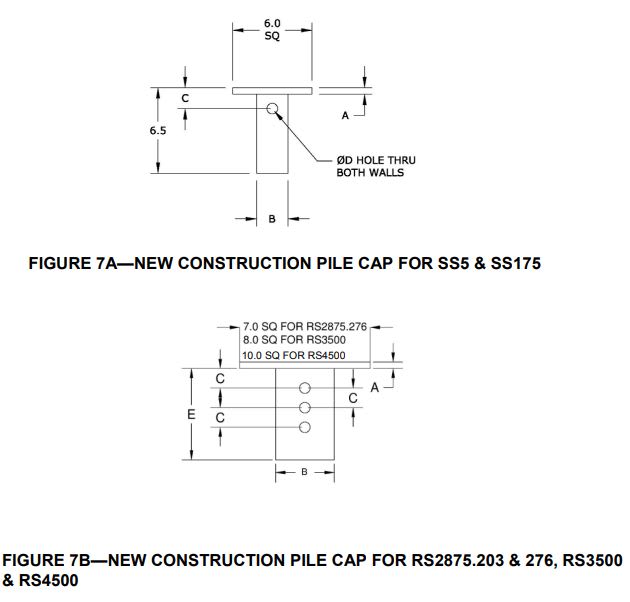LunaPark
Structural
- Sep 26, 2019
- 12
I have this multi stories building with a core at the boundary. There are existing high rise buildings around this proposed building and as a result, concrete piles are not used. Instead, the client is going to use screw piles. As the core is located at the boundary, under the edge wall in the core that runs along the boundary there is not enough gravity load (only the self-weight) to 'hold' the uplift load due to earthquake. So the uplift is an issue here for the connection. I am looking for some sample computation and connection details for this but no luck so far. I would expect the mechanic to be pretty much the same as the anchorage, ie. calculate the breakout and pull out etc. Can anyone share his/her thoughts on this? If you have some sample calculation / details or design example, that will be great for me. I am thinking embed the screw pile in the footing to be above the bottom reinforcement of the footing, will there be any problem? Or can we allow the footing to rotate and be free from the screw piles (so no uplift issue for pile-footing) and rely the piles on the other side to take the compression only like what we design for eccentrically loaded pad footing? Thank you.

